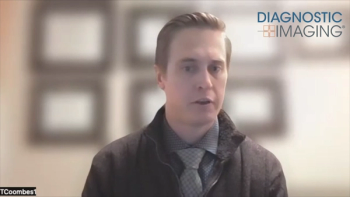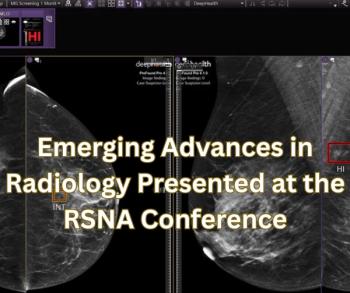
3D Model Helps Radiology Residents Learn Complicated Anatomy and Fractures
Models may help improve short-term understanding of complex anatomy and classification systems.
Three-dimensional printed hip models with acetabular fractures can be an effective educational tool for radiology resident learning, according to a study published in the journal
Researchers from Temple University in Philadelphia sought to determine if the use of 3D models could help aid in spatial perception of complicated anatomy, like the hip, helping residents grasp the elaborate classification systems for anatomically complex fractures.
The study included 22 radiology residents that were randomized and stratified by post graduate year into two groups of 11. Both groups underwent a pretest before the study and a posttest three weeks after. They all received separate but identical presentations on the five most common acetabular fractures given by a musculoskeletal trained radiologist. Residents in the experimental group received 3D printed models of the five most common fracture types with which to interact during the presentation, while the control group did not.
The results showed that while there was no statistically significant difference in scores on the pre-test, there was a statistically significant difference on the posttest scores between the experimental and control groups. The residents who were given the 3D-printed hips for study showed double the improvement in their knowledge about the fractures and diagnostic-based test scores than the control group.
The researchers concluded that the 3D printed models showed promise as an effective educational tool for resident learning with respect to acetabular fractures, improving short-term understanding of complex anatomy and classification systems.
Newsletter
Stay at the forefront of radiology with the Diagnostic Imaging newsletter, delivering the latest news, clinical insights, and imaging advancements for today’s radiologists.




























